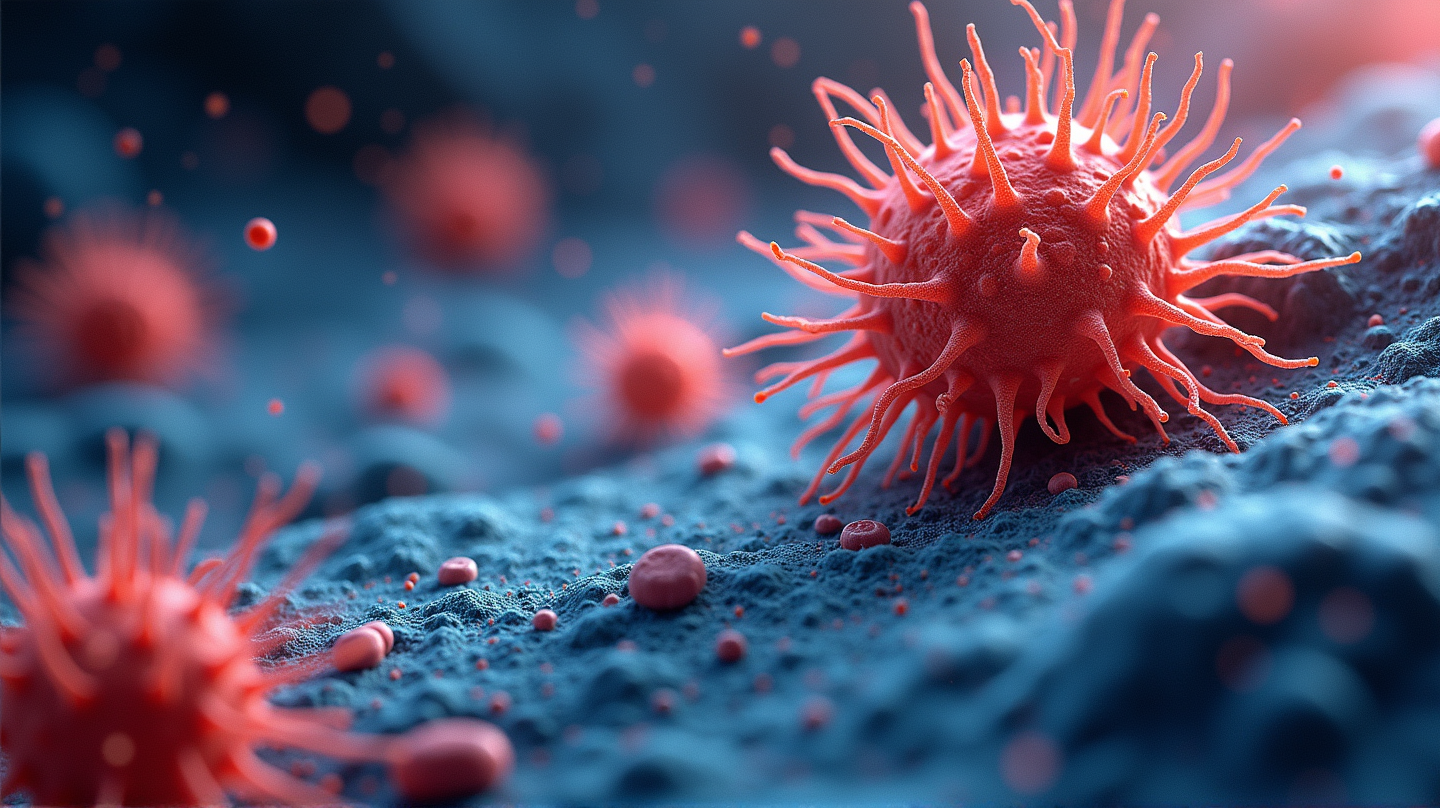The Archaea Revelation
Scientists at various UK & US institutions have unraveled a fascinating secret about archaea, a unique domain of life often mistaken for bacteria. These tiny life forms are equipped with special enzymes called peptidoglycan hydrolases, specifically designed to break down and kill bacterial cell walls. This finding indicates a competitive and combative nature of archaea, reshaping the microbial landscape significantly.
Molecular Weaponry Unveiled
In their groundbreaking study, researchers identified that a diverse range of archaea produce these lethal enzymes. Unlike bacteria, archaea do not possess peptidoglycan, making these enzymes a perfect weapon against their bacterial adversaries. The research highlights a sophisticated, lethal arsenal archaea use to ensure their dominance and survival in competitive environments.
Ecological Implications
The existence of these enzymes implies that battles between archaea and bacteria in microbial communities are more frequent than previously believed. For instance, in extreme environments like the Dallol protovolcanic area, archaea make up to 99% of the microbial population, suggesting that their competition with bacteria shapes these ecosystems in unknown ways. This discovery also opens a new frontier for antibacterial drugs, a pressing need in the face of growing antibiotic resistance.
Experimental Validation
The researchers validated their findings by conducting experiments where these enzymes were produced using a heterologous expression system. Introducing two specific enzymes from an archaea, Halogranum salarium B-1, into a different organism, confirmed their effectiveness in killing target bacteria, namely Halalkalibacterium halodurans. According to Natural Science News, these results affirm the enzymatic activity consistent with peptidoglycan hydrolase, directly demonstrating their antibacterial power.
Future Prospects
The untapped potential of archaea’s molecular arsenal offers promising leads for developing new antibacterial solutions. As scientists continue to explore these complex microbial interactions, they provide insights that could change the way we approach infections and drug development. By mapping these antagonistic dynamics, researchers are uncovering the hidden dialogues that dictate microbial life on Earth.
Conclusion
This remarkable discovery urges a reconsideration of how microbial communities interact, with archaea at the forefront as undisputed masters of microbiological warfare. As we delve deeper into these mechanisms, new opportunities for addressing global health challenges lie on the horizon.
